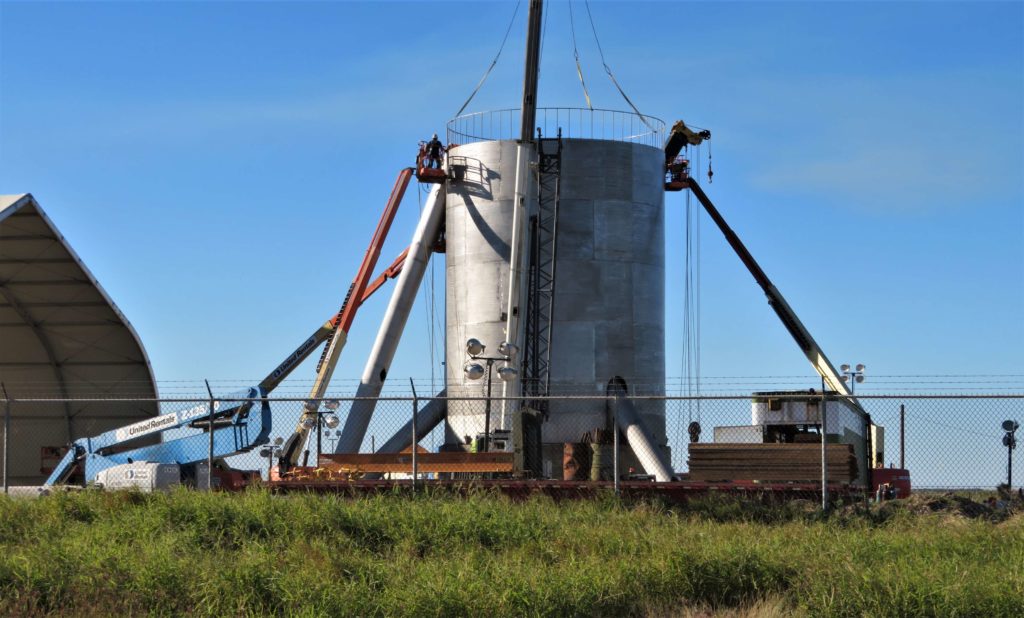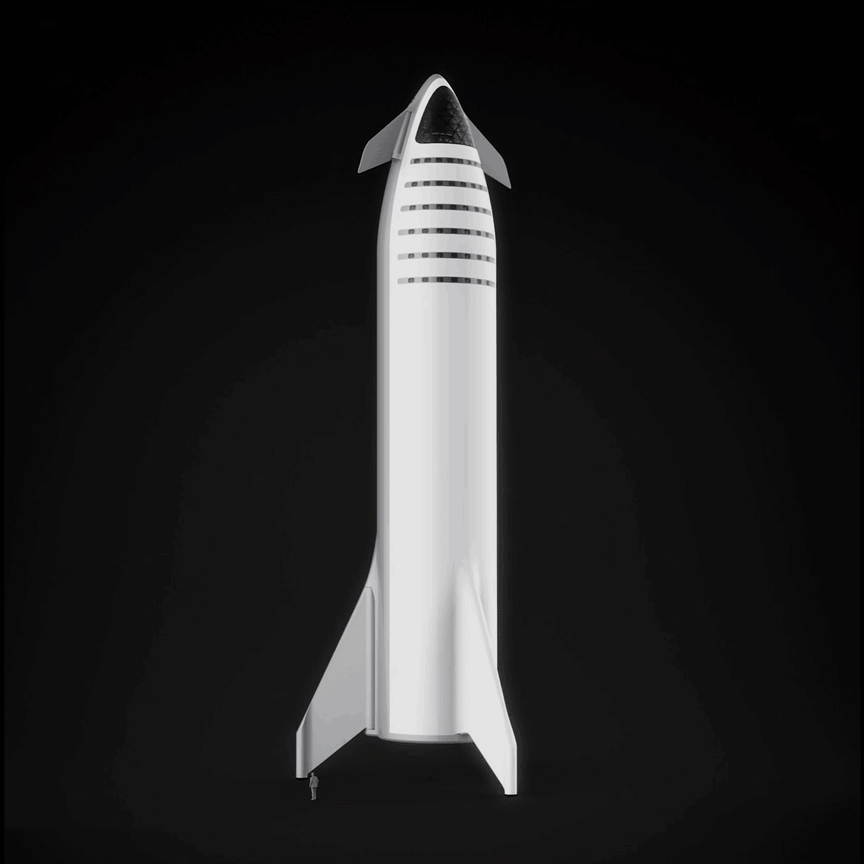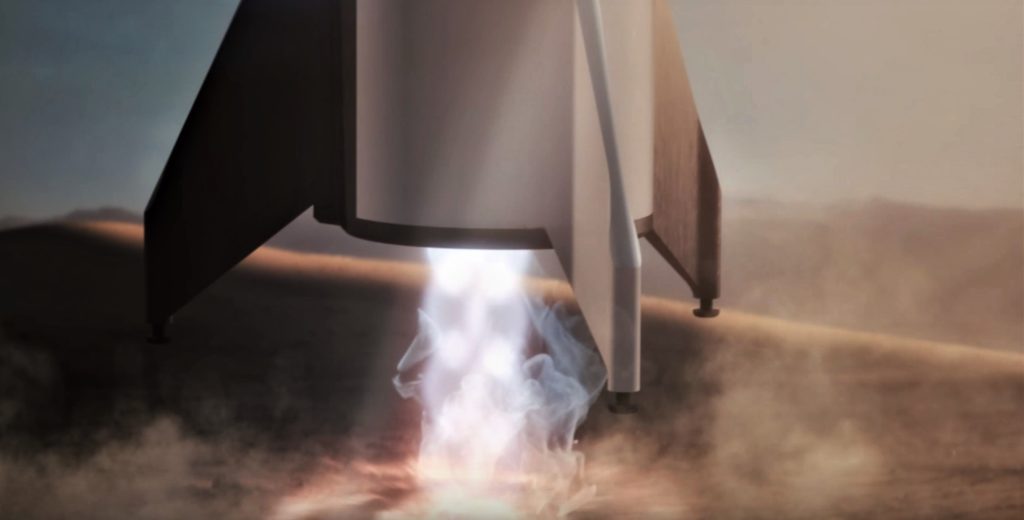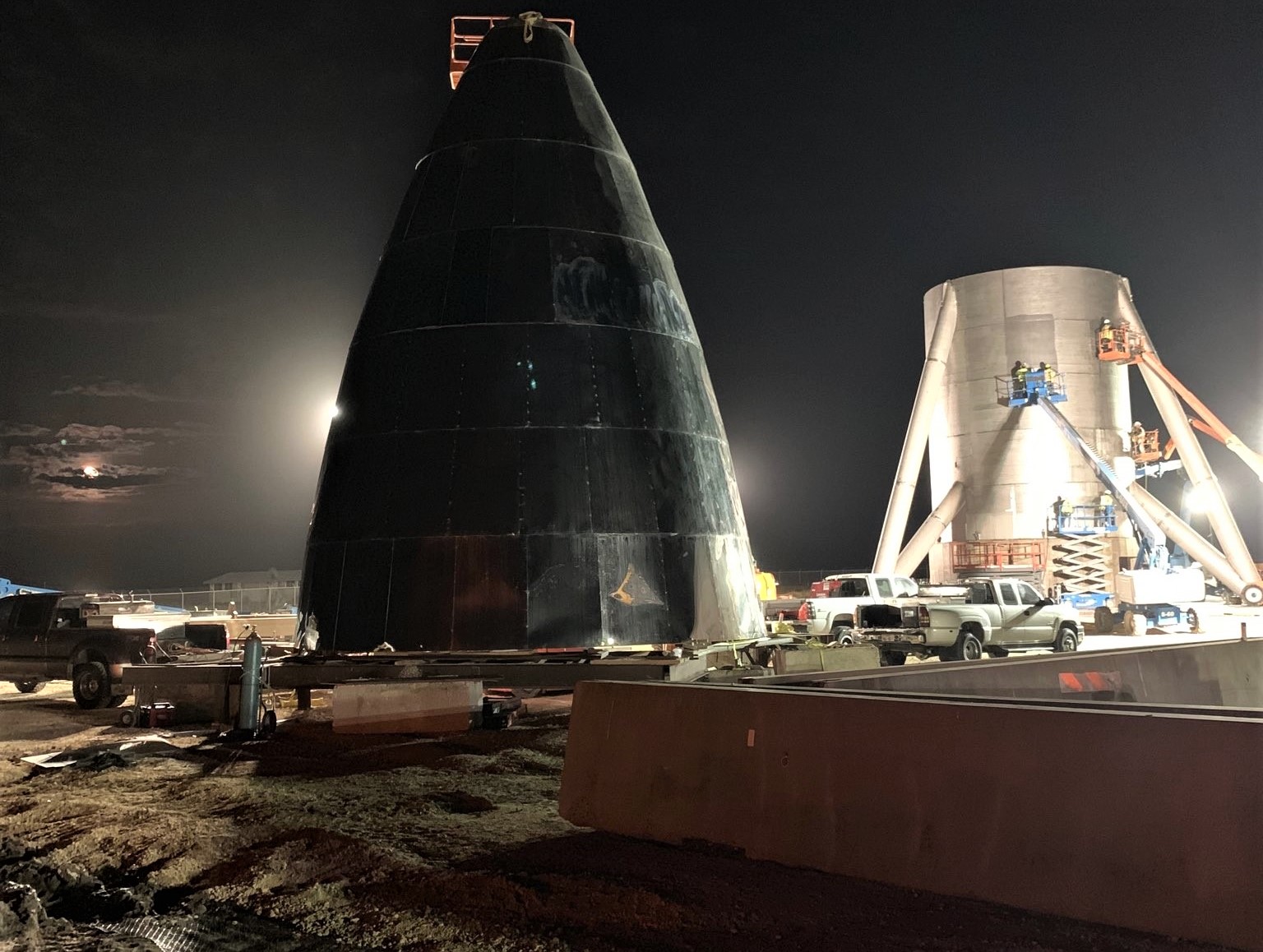

SpaceX
SpaceX CEO Elon Musk: Starship prototype to have 3 Raptors and “mirror finish”
Taking to Twitter once more to reveal additional information about SpaceX’s radically changing BFR/Starship prototype program, CEO Elon Musk has made an unexpected visit to the company’s South Texas BFR testing facilities to oversee rapid progress with a low-fidelity hop test prototype of the orbital Starship spacecraft.
Included in a handful of replies that followed the tweeted image, Musk described some of the key advantages of a stainless steel Starship – including mirror-like thermal reflectivity for hot reentries and a “usable” strength-to-mass ratio superior to carbon fiber – as well as features of prototype cousin.
Stainless Steel Starship pic.twitter.com/rRoiEKKrYc
— Elon Musk (@elonmusk) December 24, 2018
While the CEO did imply on Saturday that the Mars-focused Raptor engine had been what he described as “radically redesigned”, Musk’s statement that the Starship hopper will feature three Raptor engines does at least set a lower bound for the ship’s maximum gross takeoff weight when the time comes for it to take flight.
Yes. Radically redesigned Raptor ready to fire next month.
— Elon Musk (@elonmusk) December 22, 2018
While the suggestion that Raptor’s turbopumps (basically fuel pumps) would need at least 100,000 HP per engine seems to indicate that the flight design’s thrust has been appreciably uprated, a past figure of ~2000 kN (450,000 lbf) per engine suggests that Starship V0.1 could weigh as much as an entire Falcon 9 Block 5 rocket (~1.2 million pounds, 550,000 kg) and still having a solid 80-100% of Falcon 9’s liftoff thrust. Put simply, the rocket that appears to be coming together in the boonies of South Texas could rival almost any other liquid fuel rocket booster in service, while still being the testbed for BFR’s upper stage alone.
While it’s ambiguous if several additional comments applied to the Starship prototype, the final product, or both, Musk also indicated that some of the biggest benefits of a shift away from carbon composites to stainless steel would be relative ease with which the material handles extreme heating. Thanks to the fact that stainless steel can ultimately be polished to mirror-like levels of reflectivity and that mirrors are some of the most efficient reflectors of thermal energy (heat), shiny and unpainted steel would ultimately perform far better than carbon composites and could end up requiring “much less” heat shielding for the same performance.
- ¯\_(ツ)_/¯ (bocachicagal – NASASpaceflight)
- A conspicuous nosecone appears to have arisen inside SpaceX’s new Boca Chica tent, adjacent to what looks like a water tower with tube legs. (bocachicagal – NASASpaceflight)
- Boca Chica, 12/23/18. (NASASpaceflight /u/bocachicagal)
- It remains to be seen if BFR can be made as reusable and reliable as it will need to be to sustainably support interplanetary humans. (SpaceX)
- Starship – in its 2018 design iteration – seen landing on Mars atop pillars of Raptor flame. (SpaceX)
Perhaps most unintuitive is the fact that steel can apparently beat carbon composites when it comes to usable strength-to-weight ratios at supercool temperatures. According to Musk, steel also performs “vastly better” at high temperatures and appreciably better at room temperatures. A comment made on Saturday may lend additional credence to what seems at face value to contradict basic material intuition – at least some of the stainless steel SpaceX is examing would be a special (presumably SpaceX-engineered) alloy that has undergone what is known as cryogenic treatment, in which metals are subjected to extremely cold conditions to create some seriously unintuitive properties. Ultimately, cold-formed/worked or cryo-treated steel can be dramatically lighter and more wear-resistant than traditional hot-rolled steel.
Usable strength/weight of full hard stainless at cryo is slightly better than carbon fiber, room temp is worse, high temp is vastly better
— Elon Musk (@elonmusk) December 24, 2018
Combined with advanced new alloys and a uniquely strong handle on working with supercool propellant (likely transferable to cold-forming steel), SpaceX and CEO Elon Musk could have a true breakthrough on their hands, especially if it turns out that a great deal of deep thought, analysis, and refinement fed into these “radical” design changes. With Starship Alpha’s hop tests potentially beginning as early as March 2019, we won’t have long to wait to find out.
For prompt updates, on-the-ground perspectives, and unique glimpses of SpaceX’s rocket recovery fleet check out our brand new LaunchPad and LandingZone newsletters!

Elon Musk
SpaceX issues statement on Starship V3 Booster 18 anomaly
The incident unfolded during gas-system pressure testing at the company’s Massey facility in Starbase, Texas.

SpaceX has issued an initial statement about Starship Booster 18’s anomaly early Friday. The incident unfolded during gas-system pressure testing at the company’s Massey facility in Starbase, Texas.
SpaceX’s initial comment
As per SpaceX in a post on its official account on social media platform X, Booster 18 was undergoing gas system pressure tests when the anomaly happened. Despite the nature of the incident, the company emphasized that no propellant was loaded, no engines were installed, and personnel were kept at a safe distance from the booster, resulting in zero injuries.
“Booster 18 suffered an anomaly during gas system pressure testing that we were conducting in advance of structural proof testing. No propellant was on the vehicle, and engines were not yet installed. The teams need time to investigate before we are confident of the cause. No one was injured as we maintain a safe distance for personnel during this type of testing. The site remains clear and we are working plans to safely reenter the site,” SpaceX wrote in its post on X.
Incident and aftermath
Livestream footage from LabPadre showed Booster 18’s lower half crumpling around the liquid oxygen tank area at approximately 4:04 a.m. CT. Subsequent images posted by on-site observers revealed extensive deformation across the booster’s lower structure. Needless to say, spaceflight observers have noted that Booster 18 would likely be a complete loss due to its anomaly.
Booster 18 had rolled out only a day earlier and was one of the first vehicles in the Starship V3 program. The V3 series incorporates structural reinforcements and reliability upgrades intended to prepare Starship for rapid-reuse testing and eventual tower-catch operations. Elon Musk has been optimistic about Starship V3, previously noting on X that the spacecraft might be able to complete initial missions to Mars.
Elon Musk
SpaceX Starship Version 3 booster crumples in early testing
Photos of the incident’s aftermath suggest that Booster 18 will likely be retired.
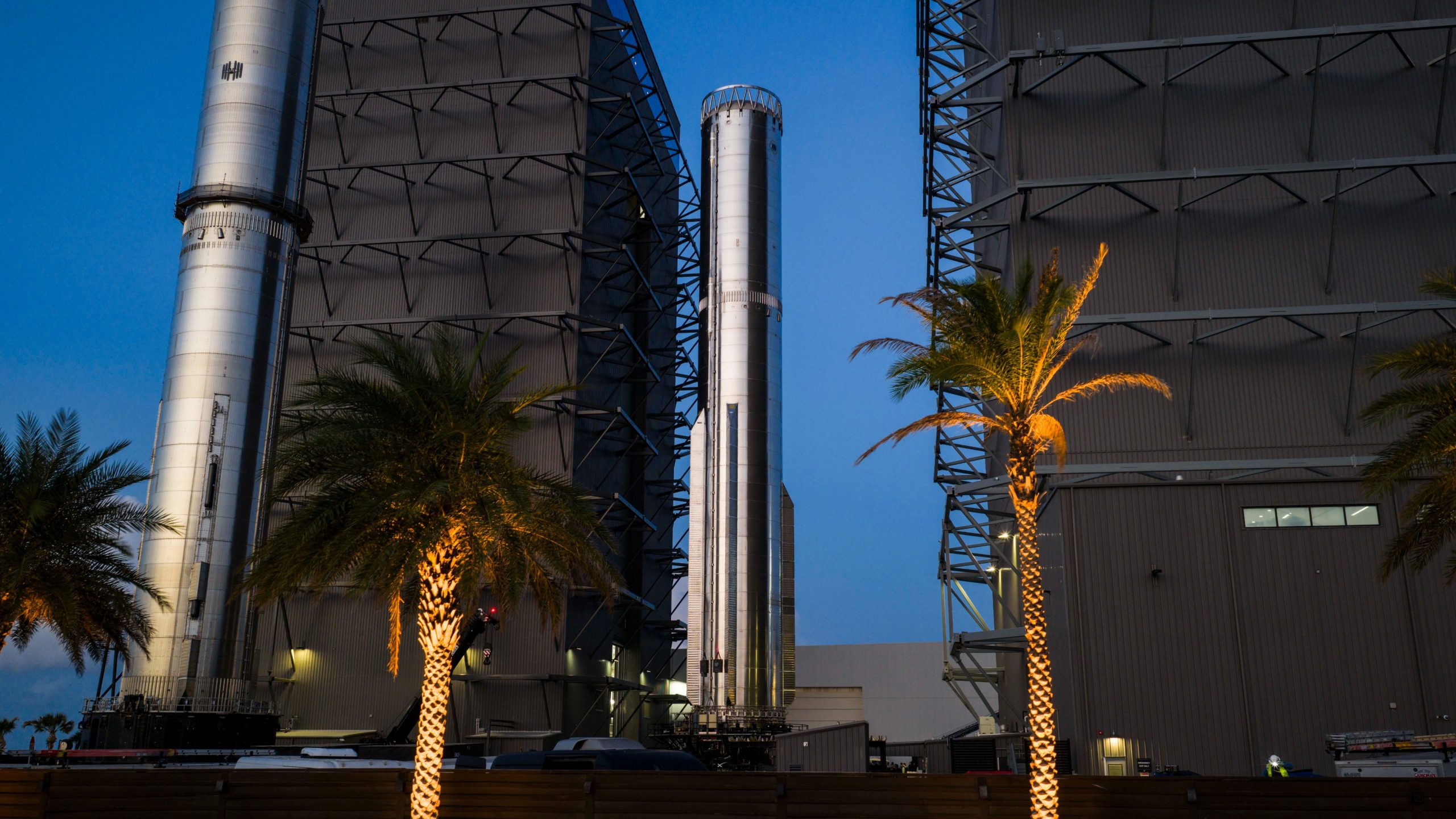
SpaceX’s new Starship first-stage booster, Booster 18, suffered major damage early Friday during its first round of testing in Starbase, Texas, just one day after rolling out of the factory.
Based on videos of the incident, the lower section of the rocket booster appeared to crumple during a pressurization test. Photos of the incident’s aftermath suggest that Booster 18 will likely be retired.
Booster test failure
SpaceX began structural and propellant-system verification tests on Booster 18 Thursday night at the Massey’s Test Site, only a few miles from Starbase’s production facilities, as noted in an Ars Technica report. At 4:04 a.m. CT on Friday, a livestream from LabPadre Space captured the booster’s lower half experiencing a sudden destructive event around its liquid oxygen tank section. Post-incident images, shared on X by @StarshipGazer, showed notable deformation in the booster’s lower structure.
Neither SpaceX nor Elon Musk had commented as of Friday morning, but the vehicle’s condition suggests it is likely a complete loss. This is quite unfortunate, as Booster 18 is already part of the Starship V3 program, which includes design fixes and upgrades intended to improve reliability. While SpaceX maintains a rather rapid Starship production line in Starbase, Booster 18 was generally expected to validate the improvements implemented in the V3 program.
Tight deadlines
SpaceX needs Starship boosters and upper stages to begin demonstrating rapid reuse, tower catches, and early operational Starlink missions over the next two years. More critically, NASA’s Artemis program depends on an on-orbit refueling test in the second half of 2026, a requirement for the vehicle’s expected crewed lunar landing around 2028.
While SpaceX is known for diagnosing failures quickly and returning to testing at unmatched speed, losing the newest-generation booster at the very start of its campaign highlights the immense challenge involved in scaling Starship into a reliable, high-cadence launch system. SpaceX, however, is known for getting things done quickly, so it would not be a surprise if the company manages to figure out what happened to Booster 18 in the near future.
Elon Musk
SpaceX’s next project will produce Starships at a level that sounds impossible
1,000 rockets per year is an insane number, especially considering Starship’s sheer size.
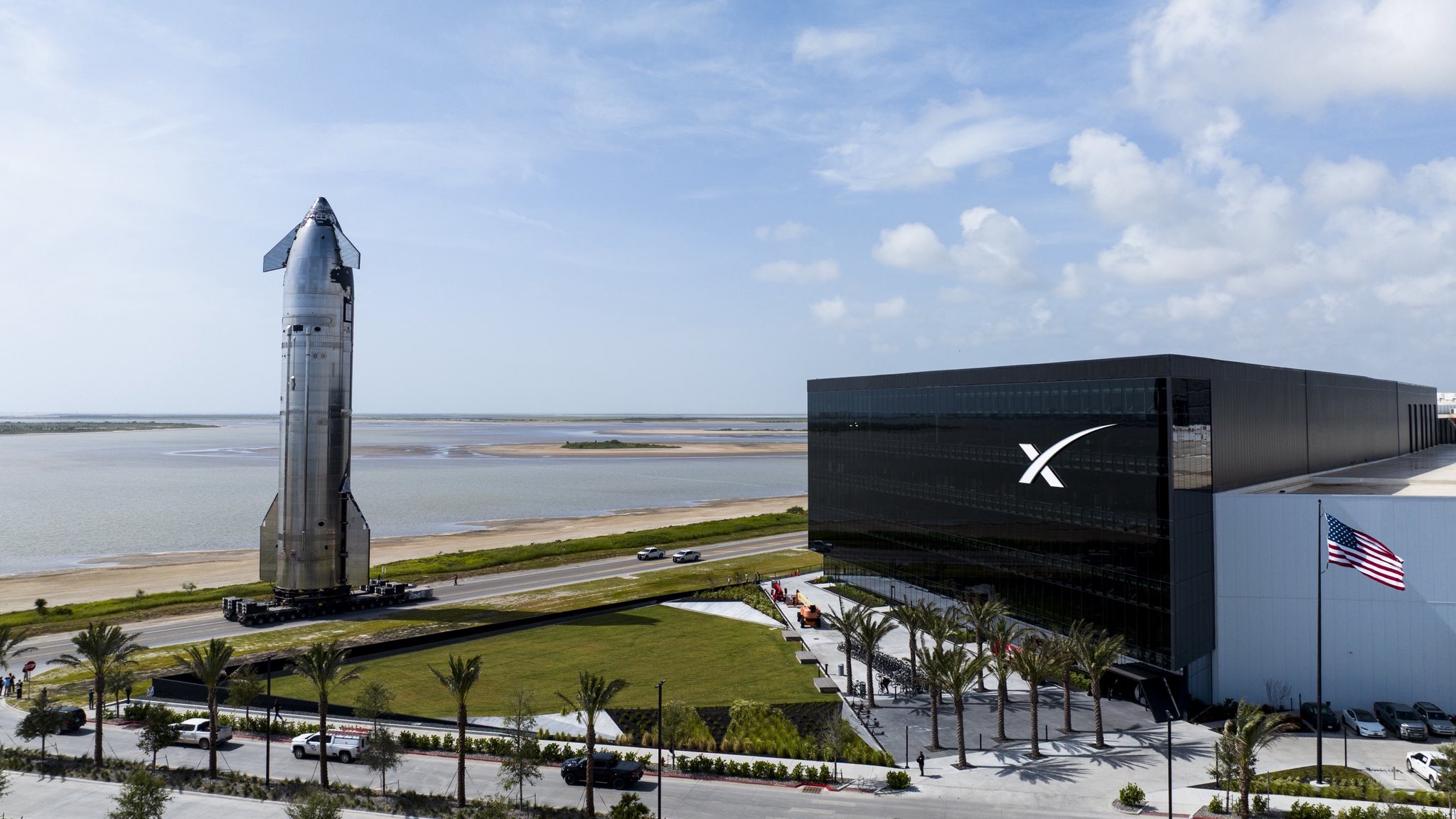
Elon Musk has revealed bold plans for SpaceX’s newest Starbase facility in Texas, predicting it will become a birthplace for “so many spaceships.” The upcoming “Gigabay,” a massive $250 million production hub in Starbase, Texas, is designed to manufacture up to 1,000 Starship rockets per year.
That’s an insane number of rockets for a single facility, especially considering Starship’s sheer size.
One of the world’s largest industrial structures
SpaceX’s Gigabay is expected to stand roughly 380 feet tall and enclose 46.5 million cubic feet of interior space, making it one of the largest industrial structures to date. The facility will feature 24 dedicated work cells for assembling and refurbishing Starship and Super Heavy vehicles, complete with heavy-duty cranes capable of lifting up to 400 U.S. tons, as noted in a Times of India report.
Construction crews have already placed four tower cranes on-site, with completion targeted for December 2026. Once operational, the Gigabay is expected to boost SpaceX’s launch cadence dramatically, as it would be able to build up to 1,000 reusable Starships per year, as noted in a report from the Dallas Express. Musk stated that the Gigabay will be “one of the biggest structures in the world” and hinted that it represents a major leap in Starbase’s evolution from test site to full-scale production hub.
A key step toward Mars and beyond
Starship is SpaceX’s heavy-lift rocket system, and it remains a key part of Elon Musk’s vision of a multiplanetary future. The vehicle can carry 100–150 tonnes to low Earth orbit and up to 250 tonnes in expendable mode. With several successful flights to date, including a perfect 11th test flight, the Starship program continues to refine its reusable launch system ahead of crewed lunar missions under NASA’s Artemis initiative.
Starship is unlike any other spacecraft that has been produced in the past. As per Elon Musk, Starship is a “planet-colonizer” class rocket, as the magnitude of such a task “makes other space transport task trivial.” Considering Starship’s capabilities, it could indeed become the spacecraft that makes a Moon or Mars base feasible.
